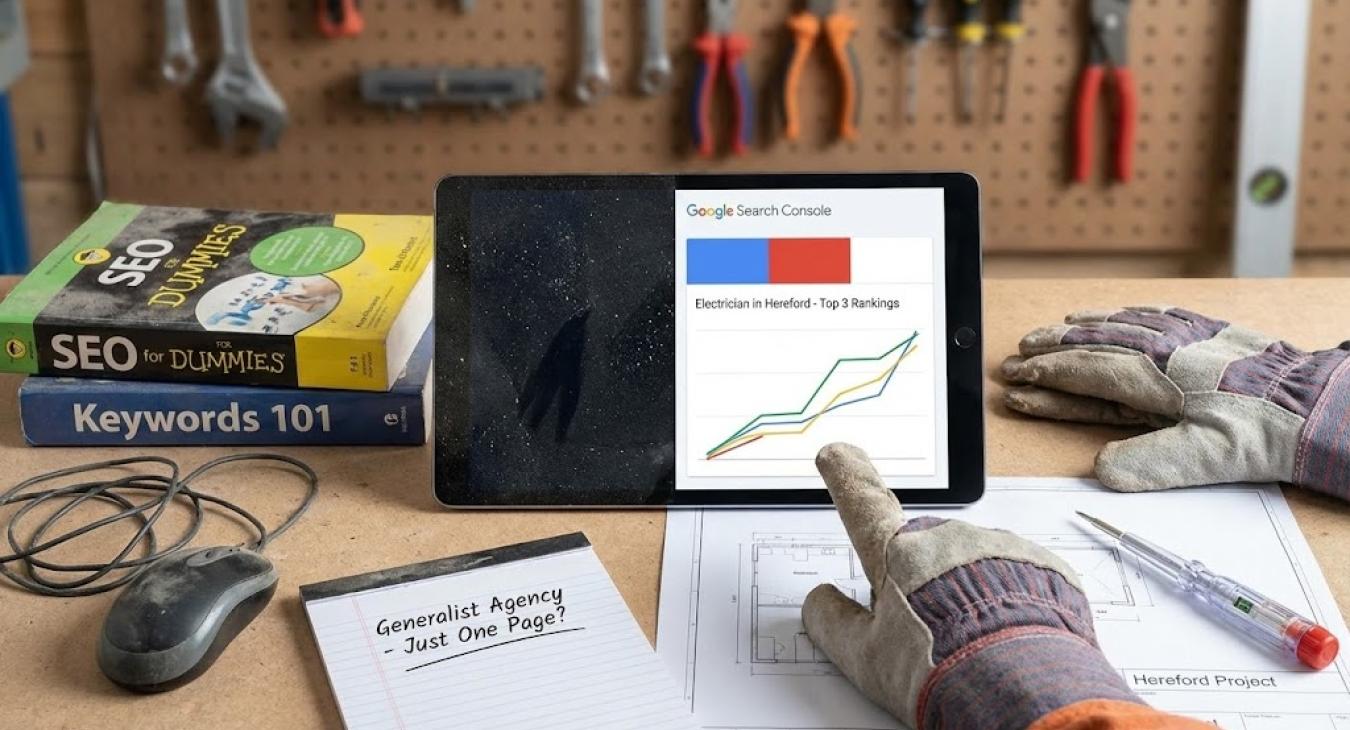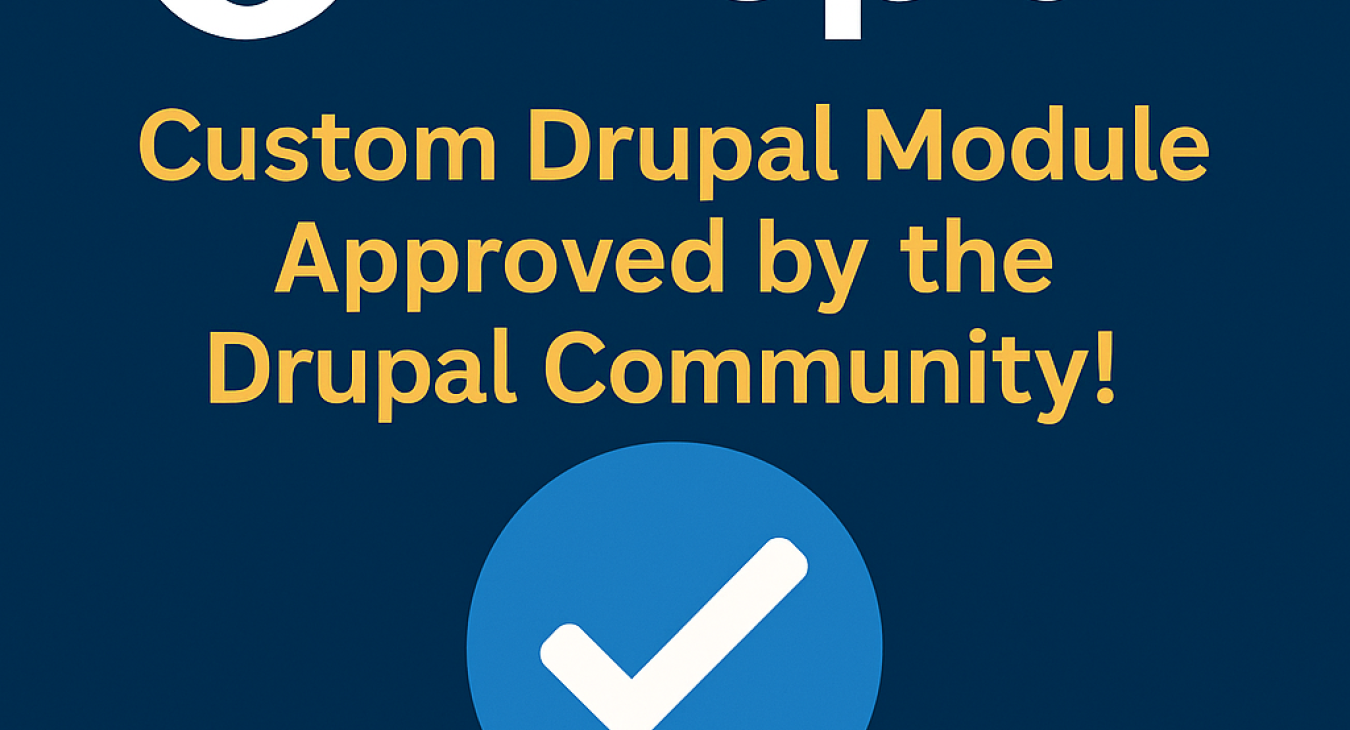If you're a business owner trying to climb the ladder of local search rankings, you've likely heard the advice: "Make sure you geotag your photos!" For years, it's been a hot topic in marketing forums and a service offered by many SEO agencies.
The idea sounds smart, right? Embed precise location data into your images, upload them to your Google Business Profile, and Google will reward you with better local visibility. It's a simple, technical trick that feels like it should work.
But does it? Let's put this myth to bed once and for all.
What is EXIF Data, Anyway?
First, a quick refresher. EXIF data (Exchangeable Image File Format) is the digital fingerprint of your photos. It's a set of information automatically embedded in the image file, which can include:
- The date and time the photo was taken
- The camera or phone model used
- Camera settings like aperture and shutter speed
- And, if your location services are on, the GPS coordinates of where the photo was taken (this is the "geotag").
The Big Question: Does Geotagging Help Your SEO?
Despite the persistent rumors, the answer is a clear and simple no.
Multiple studies, tests by reputable SEO experts, and—most importantly—direct statements from Google employees have confirmed that EXIF data is not a ranking factor for Google Search or your Google Business Profile.
There are two key reasons why:
- Google Says So: Google's own representatives, like John Mueller who is a Senior Search Analyst at Google, have publicly stated that they don't use this data for ranking.
- Google Strips the Data: For privacy protection, Google automatically removes almost all EXIF data from photos the moment they are uploaded to your Google Business Profile. The geotag you worked so hard to add is gone before it could ever have an impact.
So, Why Was This Ever a Thing?
The theory made sense in the early days of local SEO. Marketers were looking for any edge they could get, and providing a search engine with more location data seemed like a surefire way to prove local relevance. Speculation turned into "best practice" without much concrete evidence, and the myth grew from there.
While the intention was good, the strategy is simply outdated and ineffective today.
What Actually Works? The Real Keys to Image SEO
Forgetting about hidden data doesn't mean you should ignore your photos! Images are incredibly important for attracting customers and helping your ranking in ways that actually work. Here's where to focus your energy:
- Take High-Quality, Relevant Photos: This is number one. Customers want to see your actual place of business, your team at work, and your real products. Authentic, high-resolution photos build trust and engagement. Ditch the stock photos and showcase what makes you great. * Use Descriptive Filenames: Before you upload an image, change the filename from IMG_9876.jpg to something descriptive. For example, if you're a plumber in Canterbury, a filename like emergency-plumber-canterbury-kent.jpg tells Google exactly what the image is about.
- Write Good "Alt Text": Alt text is the description of an image that is read by screen readers for visually impaired users and indexed by search engines. It's a prime spot to describe the photo accurately and, where appropriate, include relevant keywords.
- Keep Your Profile Active: Regularly upload new photos to your Google Business Profile. This shows that your business is active and gives customers a current view of what you offer.
The "What About My Old Photos?" Dilemma
You've just learned that naming your image files electrician-in-gillingham.jpg is better than IMG_1234.jpg. Great! But what about the hundreds of photos already on your website or Google Business Profile with those generic names?
Do you need to spend a whole weekend renaming and re-uploading everything?
In short: No. Please don't.
Here’s why it's better to focus on the future and be strategic about the past:
1. The Effort vs. Reward Is Too Low
The SEO benefit from a filename is a small, incremental signal. While important, it's not a magic bullet. The hours you or your customers would spend renaming and re-uploading hundreds of photos could be spent on activities that have a much bigger impact, like:
- Writing a new blog post.
- Getting a new 5-star review.
- Updating the text on a key service page.
2. You Risk Breaking Things
When you rename an image that's already on your website, you are changing its URL. If you don't correctly set up a "redirect" from the old image URL to the new one, it can create broken images on your site. For one or two images, this is manageable. For hundreds, it becomes a technical headache with a real risk of negatively impacting your site.
3. Google Cares More About New Content
Search engines favour fresh, relevant content. A brand new, perfectly optimised photo and blog post published today will almost always give you more value than painstakingly re-optimising a photo from three years ago.
The Smart Strategy: A Hybrid Approach
Instead of thinking "all or nothing," here is a practical, two-step approach:
- Step 1 (Non-Negotiable): From this day forward, name every single new photo you upload with a descriptive, keyword-rich filename. Make it a habit. This is your most important task.
- Step 2 (The "Best Of" Audit): If you have some extra time, don't try to fix everything. Instead, identify and update only your Top 10 most important images. These would be the photos on your:
- Homepage
- Main service pages (e.g., your "Fuse Box Upgrades" or "Emergency Callouts" page)
- The header of your most popular blog post
By focusing only on the images that are on your most valuable pages, you're applying the 80/20 rule—getting 80% of the potential benefit from just 20% of the effort.
So, don't get overwhelmed by the past. Make a positive change for the future and only cherry-pick the most critical old photos to update if you have the time.
The Bottom Line
Don't waste your time or money on manipulating hidden photo data. It's a tactic that has been proven ineffective.
Instead, focus on what truly matters: providing a great experience for your potential customers. Use clear, high-quality, and authentic photos on your website and Google Business Profile. Describe them accurately with good filenames and alt text. This is the strategy that will not only please Google but, more importantly, will win you more business.





